Filed in
Conferences
 Subscribe
Subscribe to Decision Science News by Email (one email per week, easy unsubscribe)
BDRM SUBMISSION DEADLINE DECEMBER 29, 2017
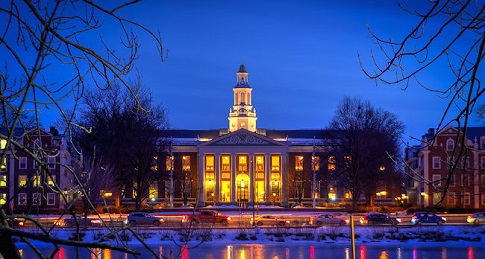
What: Behavioral Decision Research in Management (BDRM) Conference
When: June 7-9, 2018
Where: Harvard Business School, Harvard University
Submission Deadline: December 29, 2017
CONFERENCE CO-CHAIRS:
Max Bazerman, Alison Wood Brooks, Ryan Buell, Francesca Gino, Leslie John, Elizabeth Keenan, Anat Keinan, Julia Minson, Mike Norton, Todd Rogers, and Shelle Santana
We invite submissions of papers for the 16th biennial conference on Behavioral Decision Research in Management, to be held at Harvard Business School, Boston, MA, on June 7-9, 2018.
BDRM is the leading conference for behavioral research with business and organizational implications. We encourage submissions of original work in all areas of behavioral research including, but not limited to, the areas of decision-making, consumer behavior, experimental and behavioral economics, decision analysis, behavioral finance, organizational behavior, negotiation, behavioral strategy, behavioral operations research, behavioral accounting, and medical and legal decision making.
We are happy to announce the following keynote speakers:
- Teresa Amabile, Baker Foundation Professor and Edsel Bryant Ford Professor of Business Administration, Emerita at Harvard Business School
- Paul Rozin, Professor of Psychology at the University of Pennsylvania
SUBMISSION INFORMATION AND DEADLINES FOR THE BDRM CONFERENCE
Submissions for the BDRM conference are due by December 29, 2017. Notification of acceptances will be sent in late March 2018.
Abstracts should include a brief description of the research problem, the key methodology and assumptions, and a summary of major results and implications. Abstracts will be selected for oral presentation by blind review (no author names or affiliations should appear on the abstracts).
Abstracts should not exceed three (3) pages double-spaced, Times New Roman, font size 12, and can be submitted in Word or .pdf format. No math symbols should be used and tables and diagrams should be minimal.
Each participant may present only one paper. When submitting papers to this conference, you must agree to be available at any time on June 8 and June 9, 2018 to give your presentation. If you will not be available on one of these days, please arrange for a co-author to give the presentation. We will not consider date/time change requests for presentations.
We will be grouping competitive papers into 75-minute sessions, containing four papers each. Each author will have approximately 15 minutes to present their work. The last 15 minutes will be dedicated to questions.
Papers accepted by the reviewers will be conditionally accepted until at least one author registers for the conference.
You may submit your paper here
The conference website provides additional information about the conference, including accommodations
Filed in
Jobs
 Subscribe
Subscribe to Decision Science News by Email (one email per week, easy unsubscribe)
APPLICATION DEADLINE JANUARY 1, 2018

Microsoft Research New York City investigates computational social science, algorithmic economics and prediction markets, machine learning, and information retrieval. We do cutting-edge, multidisciplinary research, both theoretical and applied, with access to an extraordinary diversity of big and small data sources, an open publications policy, and close links to top academic institutions around the world.
We are looking for postdoctoral researchers in the area of computational social science with strong quantitative and programming skills. Postdocs are typically hired for a two-year term appointment following the academic calendar, starting in July 2018. Applicants must have completed the requirements for a PhD, including final submission of their dissertation, prior to joining Microsoft Research. Applicants with tenure-track offers from other institutions will be considered, provided they are able to defer their start date to accept our position.
Basic qualifications:
- PhD in computer science, statistics, math or a related quantitative social science field
- Strong mathematical and programming skills
Preferred qualifications:
- Awareness of the theoretical and experimental social science literature
- Advanced knowledge of statistics, econometrics, and experimental design
HOW TO APPLY
If you meet the basic and preferably preferred qualifications above, please visit:
https://www.microsoft.com/en-us/research/opportunity/postdoctoral-researcher-css/
for information on applying.
CROWDSOURCING RESEARCH

We have been meaning to post, for quite some time, about this very interesting report from Nature entitled Crowdsourced research: Many hands make tight work. In it, the authors describe how a finding of theirs didn’t hold up when re-analyzed by the Uri Simonsohn. Instead of digging in their heels, they admitted Uri was right and realized there’s wisdom in having other people take a run at analyzing a data set as they might discover better ways of doing things.
They wondered if, in a wisdom-of-the-crowds fashion, whether aggregating multiple, independent analyses might lead to better conclusions. (We at Decision Science News would expect such an effect would be enhanced when working with a selected crowd of analysts.)
The authors recruited 29 groups of researchers to analyze a single data set concerning soccer penalties and the race of players. The figure at the top of this post shows how the different groups arrived at many different estimates (with different confidences) but about 70% of teams found a significant, positive relationship.
It’s fascinating stuff. The comment is here and the paper by the 29 groups of researchers is here.
OUR FIELD’S MOST RECENT NOBEL LAUREATE THALER AMONG EDITORS

Organizational Behavior and Human Decision Processes (OBHDP) is Announcing a Special Issue on Nudges and Choice Architecture in Organizations
GUEST EDITORS
Katherine L. Milkman, University of Pennsylvania (Managing Guest Editor)
Gretchen Chapman, Rutgers University
David Rand, Yale University
Todd Rogers, Harvard University
Richard H. Thaler, University of Chicago
WHY IS THIS SPECIAL ISSUE IMPORTANT?
The 2008 publication of the best-selling book Nudge: Improving Decisions about Health, Wealth and Happiness by Richard Thaler and Cass Sunstein sparked enormous interest in how choice architecture and nudges can be used to improve outcomes in organizations. Policymakers inside and outside of government are scrambling to master new nudging strategies to improve the decisions of citizens, employees and customers. At least 51 countries now boast “centrally directed policy initiatives” influenced by behavioral science, or so-called “nudge-units,” and many Fortune 500 companies are opening similar divisions. A recent review article highlighted the extraordinary cost-effectiveness of nudges relative to other levers of influence (e.g., incentives, rules, educational campaigns) that are typically used by policymakers inside and outside of organizations to influence behavior (Benartzi et al., 2017). However, in spite of the growing applied interest in using nudging as a policy too!
l, far more field research is needed on what nudges and choice architecture strategies work best to change behavior in organizations. This special issue is meant to (a) publish (future) seminal papers testing the efficacy of nudges and choice architecture through field experiments in organizations and (b) substantially accelerate and shape the direction of academic research in this area.
SCOPE OF SPECIAL ISSUE
Appropriate papers should present field experiments (alone or in combination with laboratory experiments) that explore the efficacy of nudging and choice architecture in organizations. By “field experiment”, we mean a study with random assignment of participants to conditions and participants who engaged in the tasks under study in an environment where they naturally undertake these tasks. We are most interested in experiments (a) whose outcomes are measures of actual behavior (rather than self-report), (b) that include participants who are not MTurk workers, undergraduates in a laboratory, or survey panelists from services like Qualtrics and ClearVoice, and (c) that were conducted in real-world organizational settings. We adopt the following definition of a nudge: nudges “aim to change ‘people’s behavior in a predictable way without forbidding any options or significantly changing their economic incentives. To count as a mere nudge, [an]…intervention must be easy and cheap to avoid. Nudges are not mandates’ (Thaler & Sunstein, 2008). Nudges do not impose material costs but instead alter the underlying ‘choice architecture,’ for example by changing the default option to take advantage of people’s tendency to accept defaults passively. Nudges stand in contrast to traditional policy tools, which change behavior with mandates or bans or through economic incentives (including significant subsidies or fines).” (Benartzi et al., 2017)
We particularly seek manuscripts that have several of the following features: introduce new tools of choice architecture, shed light on important ongoing debates in the literature, yield important new empirical or theoretical insights about previously-studied nudges, are of policy importance, or open up promising directions for future research.
An illustrative, but not exhaustive list of topics that fall within the scope of this special issue is provided below:
1. Field validation and testing of nudges or choice architecture techniques in organizations that have previously only been tested in the laboratory or in limited field contexts.
2. Field validation and testing of novel, untested nudges or choice architecture techniques in organizations.
3. Comparisons of effect sizes or cost effectiveness of multiple nudges and/or economic levers related to managerially relevant outcomes.
4. Field results that shed light on novel mechanisms underlying nudges or choice architecture
To learn more or submit a manuscript, visit http://tinyurl.com/obhdp-nudge
Filed in
Conferences
 Subscribe
Subscribe to Decision Science News by Email (one email per week, easy unsubscribe)
CASS SUNSTEIN KEYNOTE SPEAKER

The 2nd edition of Prague Conference on Behavioral Sciences 2018 which takes place in Prague on May 4-5, 2018 and aims to discuss new developments and applications of current trends in behavioral sciences.
The keynote speaker is professor Cass R. Sunstein from Harvard Law School who will receive the Allais Memorial Prize in Behavioral Sciences 2018.
The call for abstracts is now open. Please visit the conference’s website http://www.pcbs.cz to find out more details.
Note that the super early-bird fee period (reduction up to 50%) ends December 31, 2017.
To register visit http://cebex.org/events/pcbs/
#PCBS2018 is organized under the auspices of the city of Prague.
SOCIETY FOR JUDGMENT AND DECISION MAKING NEWSLETTER

The quarterly Society For Judgment and Decision Making newsletter is ready for download:
http://sjdm.org/newsletters/
This one has the 2017 Program in it, so you have that going for you, which is nice.
JDM IS TOO LEGIT TO CEASE IN ITS REPLICABILITY
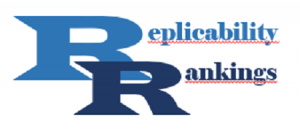
The R-Index blog was created by Ulrich Schimmack and aims to increase the replicability of published results in psychological science. Recently, the blog created rankings of 104 psychology journals in terms of replicability and published preliminary results. More detail can be found here.
We were pleased to see that the journal Judgment and Decision Making landed in the top 10 of these 104 journals where replicability is concerned.
Jon Baron does a great job with the journal. In other news, we previously reported that Judgment and Decision Making also leads in open data.
STREAK RESULTS FOR LIKELY (>50%) and HIGHLY LIKELY (>99%)
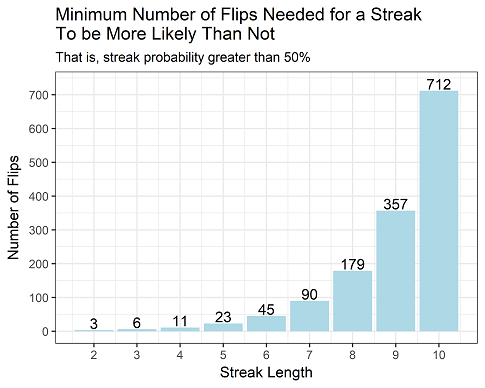
Click to enlarge
From research on the hot hand to the observation that people don’t create enough streaks when instructed to create pseudo random data, the decision science community is pretty interested in the perception of streaks.
One day we got to wonder, how long would you have to flip a coin for it to be more likely than not you would see a streak of length 10? And in this thought experiment, we mean a fair coin and that the streak could be one of heads or one of tails, and finally that more likely than not means greater than 50% likely.
We found a nice Markov chain solution to the problem and figured out the answer for streaks from length 2 to 16. The above graph has the first 10. The answer is that you need to flip 712 times to exceed a 50% chance of observing a streak of length 10.
Next we wanted to see how the number of flips would grow if we wanted to be highly likely of seeing a streak, where highly likely means greater than 99%.
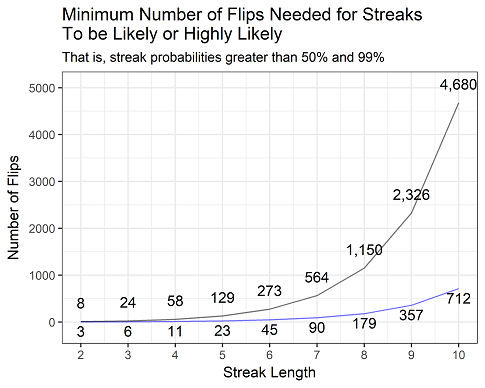
Click to enlarge
Lastly, we took the results out to 16 flips and plotted the result on a log axis.
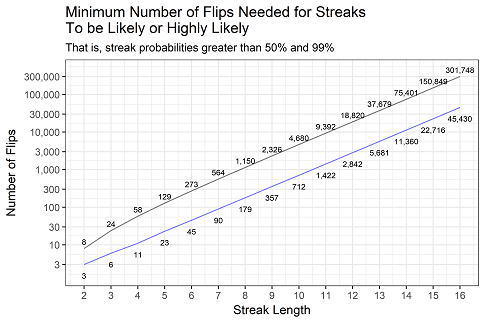
Click to enlarge
Here’s R code to mess around with. The Markov chain but could be sped up a lot by starting the search closer to the likely crossover point.
COMPELLING WRITING
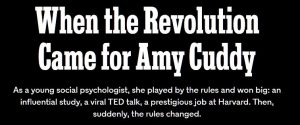
The New York Times just came out with an article called “When the Revolution Came for Amy Cuddy” which is about the science behind an extremely popular TED Talk, and is also about the replication crisis more generally.
As Decision Science News readers, we are confident you will find much to agree within it and much to disagree within it.
You may know many of the people interviewed.
You will probably be talking about it at the upcoming Society for Judgment and Decision-Making conference.
It is compelling writing. Compelling as all get out. We could not put it down.
ADDENDUM
Andrew Gelman has written a reply
There is a lot of debate going on about this article over on this facebook group.
AFTER KAHNEMAN IN 2002, THE SECOND “BEHAVIORAL ECONOMICS” NOBEL GOES TO THALER
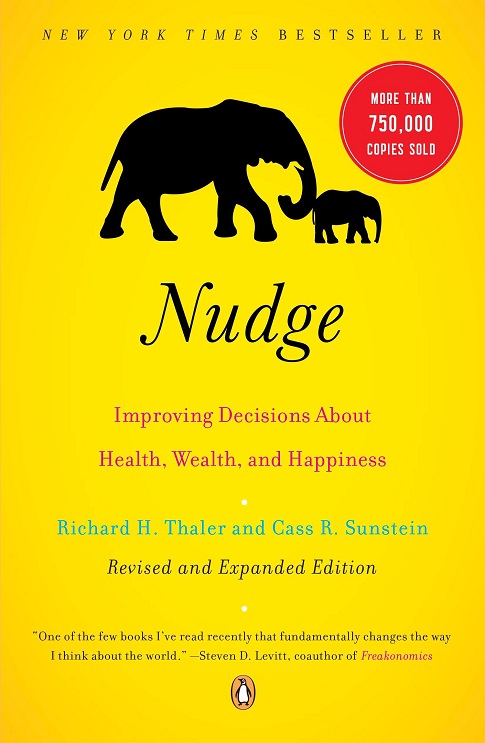
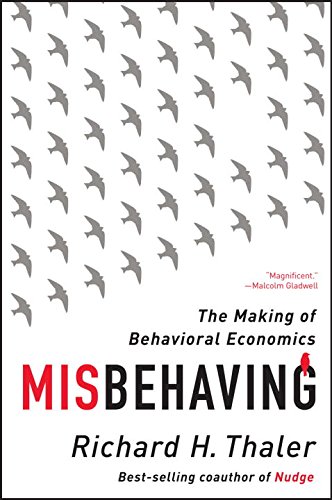
The Sveriges Riksbank Prize in Economic Sciences in Memory of Alfred Nobel 2017 has been awarded to Behavioral Economist Richard Thaler of the University of Chicago Booth School of Business “for his contributions to behavioural economics“.
Dr. Thaler was born in 1945 and Received his Ph.D. in 1974 from the University of Rochester, New York. He is a Charles R. Walgreen Distinguished Service Professor of Behavioral Science and Economics at the University of Chicago Booth School of Business, Illinois.
The amount of the prize is 9 million Swedish krona or 1,108,825 US dollars at the current exchange rate. Thaler says “I will try to spend it as irrationally as possible!”
Being behavioral economists, we at Decision Science News know a lot about Richard Thaler. As a reader of Decision Science News, you probably know a lot about Richard Thaler as well. If you don’t there are some useful links below. One thing we didn’t know, until we read the press release, is that he was born in East Orange, New Jersey, which is really close to New York City. See for yourself.
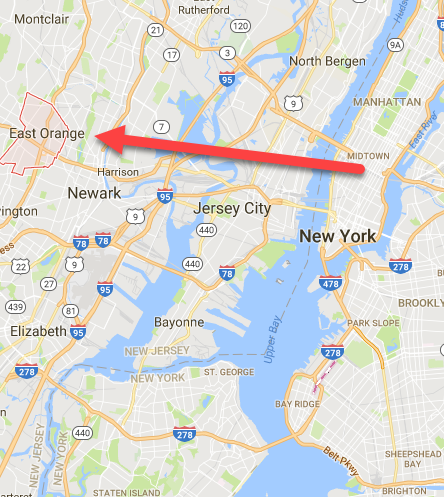
REFERENCES
Scientific Background: Richard H. Thaler: Integrating Economics with Psychology (NobelPrize.org) – 37 page paper on Thaler’s contributions to behavioral economics.
Nobel in Economics Is Awarded to Richard Thaler (NY Times) – Announcement
Nobel Prize awarded to Richard Thaler (Marginal Revolution) – Provides a good overview of Thaler’s academic ideas
Nudge: Improving Decisions about Health, Wealth, and Happiness (With Cass Sunstein) – Thaler’s most popular book
Misbehaving: The Making of Behavioral Economics – Retrospective
 Subscribe to Decision Science News by Email (one email per week, easy unsubscribe)
Subscribe to Decision Science News by Email (one email per week, easy unsubscribe)















